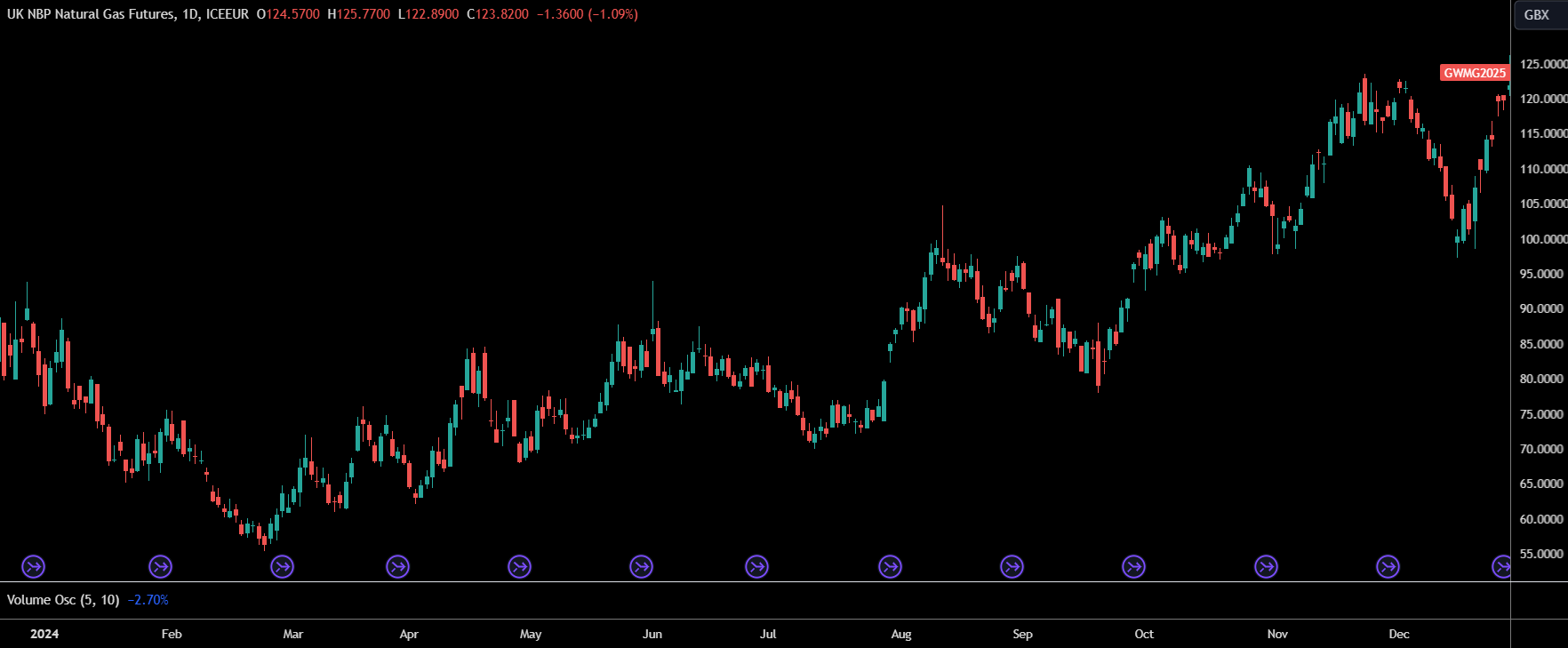TCR Banding
TCR Banding: A Powerful but Overlooked Way to Lower Energy Costs for UK Businesses
As UK business energy prices continue to fluctuate at historically high levels, companies across the country are under increasing pressure to find reliable ways to lower energy costs. With government levies, non-commodity charges, and market instability all contributing to rising bills, businesses must now look beyond traditional energy-saving methods to manage their expenses. In previous articles we looked at how to lower kVA charges, and published a guide on how to lower business energy costs.
One such method gaining attention is TCR Banding — a relatively lesser-known, yet impactful solution for reducing DUoS and TUoS charges.
What Is TCR Banding?
TCR Banding is part of the Targeted Charging Review (TCR), a reform introduced by Ofgem in 2022. Its goal is to ensure a fairer, more consistent system for charging UK electricity users for their share of the grid's maintenance costs — specifically the Transmission Use of System (TUoS) and Distribution Use of System (DUoS) charges.
Instead of charges being based on when energy is used (which could be manipulated by large users), charges are now fixed and based on how much energy is typically consumed. This is where TCR Bands come into play.
What Are TCR Bands?
TCR Bands categorize electricity meters into different levels based on their voltage type and agreed kVA capacity. These bands determine the fixed DUoS and TUoS charges applied to a business's energy bill.
For Low Voltage (LV) Half-Hourly Meters:
Band 1: 0 – 80 kVA
Band 2: 81 – 150 kVA
Band 3: 151 – 231 kVA
Band 4: 232 kVA and above
For High Voltage (HV) Half-Hourly Meters:
Band 1: 0 – 422 kVA
Band 2: 423 – 1,000 kVA
Band 3: 1,001 – 1,800 kVA
Band 4: 1,801 kVA and above
The higher your TCR band, the more you'll pay in fixed DUoS and TUoS charges — making it essential for UK businesses to ensure their banding is correctly assigned.
Who Assigns Your TCR Band?
Your Distribution Network Operator (DNO) is responsible for assigning your TCR Band. DNOs are regional companies that manage the physical infrastructure delivering electricity to your site. They’re also the ones compensated through DUoS and TUoS charges shown on your business energy invoice.

The initial banding is typically based on your historic energy consumption and agreed capacity, but each DNO may have slightly different processes for determining and reviewing your band.
How to Check Your TCR Band
Unfortunately, your TCR Band is not usually listed on your energy bill, making it hard to verify whether you’re in the correct category. To confirm your banding, you often need to contact your DNO directly — or work with a business energy consultant who can check it on your behalf.
Why Your TCR Band Could Be Wrong — and Costing You Money
Many UK businesses may be overpaying on DUoS and TUoS charges due to incorrect or outdated TCR Band assignments. If your energy consumption has decreased in recent years — due to efficiency upgrades, changes in operations, or energy-saving initiatives — your band may no longer reflect your actual usage.
Without a manual review, you might be stuck in a higher band, paying more than necessary in fixed network charges.
Lower Your Energy Costs Through TCR Band Reviews
If you're looking for a strategic, often overlooked way to lower your UK business energy costs, reviewing your TCR Banding could be a game changer. Ensuring accurate band classification not only reduces unnecessary charges but also maximizes the impact of your energy-saving efforts.
At SeeMore Energy, we offer a free review of your TCR banding to help identify potential savings. If you're unsure whether your business is being billed correctly, contact us today — our team is here to support you in cutting costs the smart way.
Fill in your details and we will get in touch about a free TCR banding review










